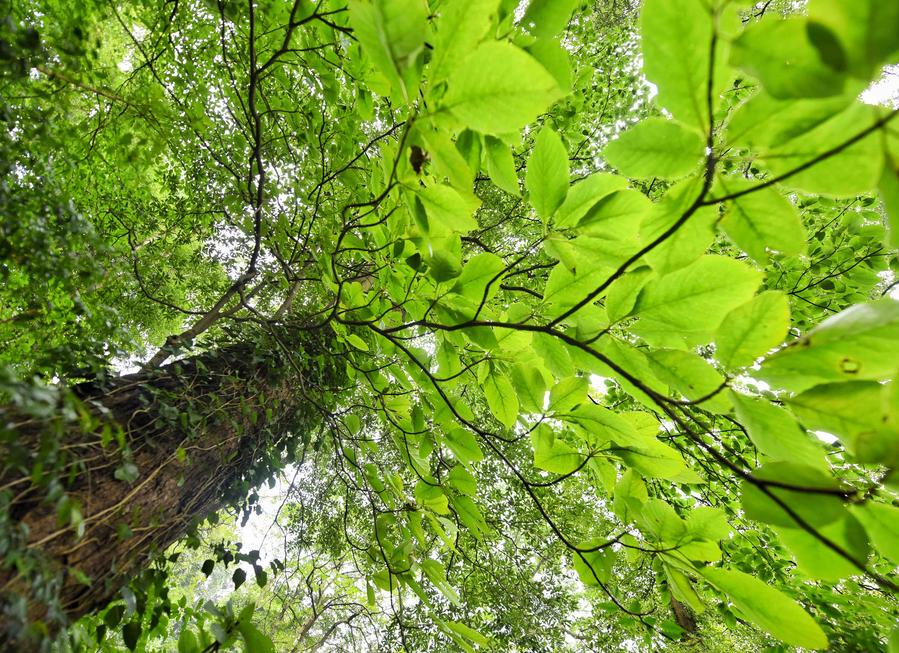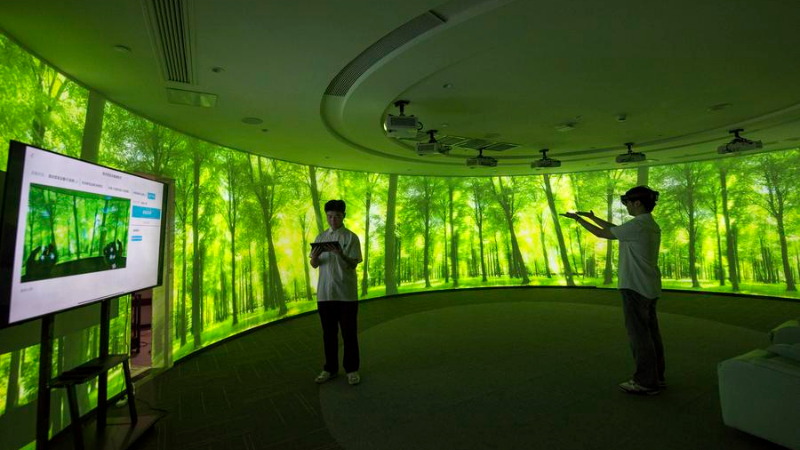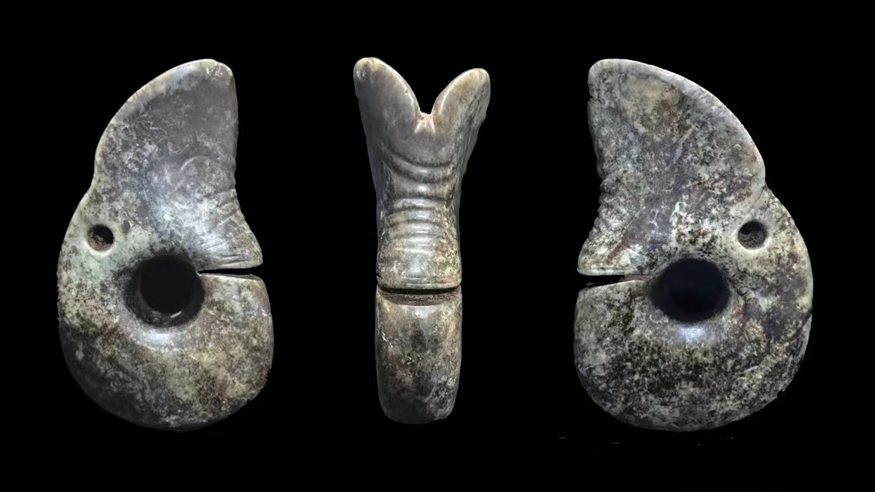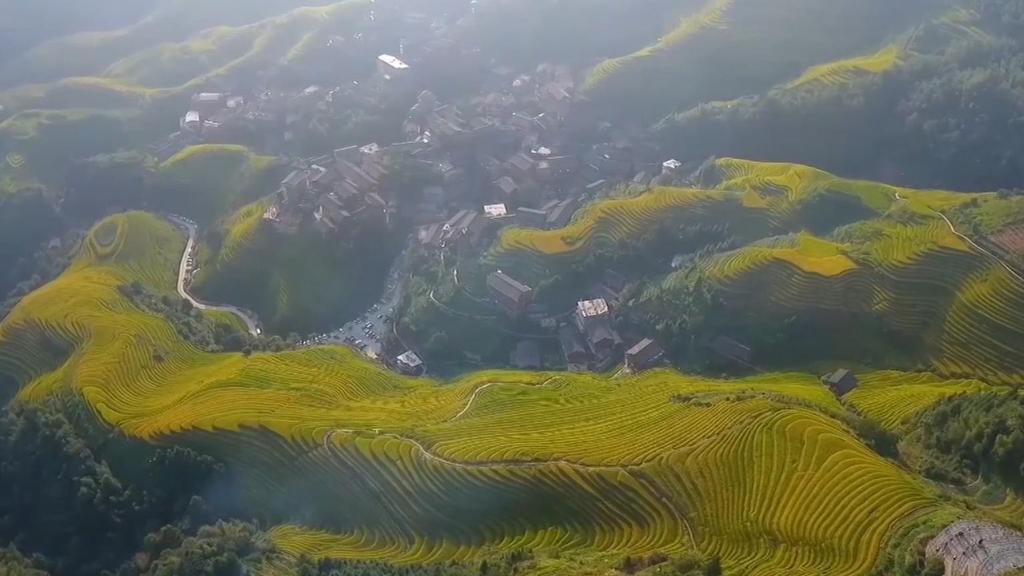
CHENGDU, Sept. 26 (Xinhua) -- Armed with advanced diagnostic tools, a team of "tree doctors" navigate through the bustling crowds at a park to reach their latest patient -- a venerable ginkgo tree that has stood the test of time for over 1,700 years.
The team begins a meticulous examination of the tree, part of a citywide initiative aimed at assessing the health of ancient and famous trees and establishing health records for these natural treasures in Chengdu, the capital of southwest China's Sichuan Province.
Liu Fangling, a plant pathology expert in the team, uses a sonic tomograph to detect internal decay in the tree.
"It's similar to a CT scan for humans," she explained. "With the help of specialized software, we can visualize the actual condition inside the trunk and estimate the extent of the decay."
Meanwhile, Gou Yubo, another "doctor", applies a LiDAR scanner to create a 3D model of the tree, capturing vital data such as height, crown width and trunk diameter.
They then collect soil samples and leaf specimens for further laboratory analysis.
"Using professional equipment, we conduct comprehensive diagnostics to identify issues such as pest infestations, soil compaction and nutrient deficiencies, providing a basis for precise interventions," said Gou.
Within half an hour, the health check is complete -- a routine part of the team's fieldwork. On average, they can inspect at least four to five trees a day.
Known as the hometown of iconic giant pandas, Chengdu also boasts over 9,400 ancient and famous trees, scattered across diverse locations, from residential areas and village courtyards to remote mountain fields.
Ancient trees are more susceptible to health issues such as trunk decay, crown dieback, and infestations by pests and diseases.
To enhance the protection of these natural treasures, the Chengdu Botanical Garden formed the ancient tree doctors' team in 2014. Since then, the team has conducted health assessments on more than 5,000 ancient trees throughout the city.
However, conducting health checks on these trees is a tall task. The team frequently encounters hazards like insects and snakes in remote areas. The biggest challenge, though, is often just locating the trees themselves.
Gou recalled a particularly challenging mission in Dayi County, where the team members had to carry their equipment on foot for over an hour along a rugged mountain path to reach a single tree. Some trees are hidden away in abandoned schoolyards, while others cling to cliff sides with no accessible paths, making their preservation efforts all the more demanding.
Despite the hardships, the work is immensely rewarding.
In 2017, the team diagnosed a severely decayed ginkgo tree at another park in Chengdu. They recommended targeted treatments like removing the parasitic plants, revitalizing the root system and applying waterproof and insect-proof treatments.
"By 2022, the once-dying tree had flourished, with lush, green foliage," Liu said, beaming.
A 2022 survey recorded over 5.08 million ancient and famous trees in China.
Chengdu's efforts to protect these natural treasures are part of a nationwide movement to preserve such botanical heritage. In recent years, initiatives to safeguard these living relics have gained momentum, in line with the country's broader goals of sustainable development and environmental conservation.
Last year, a big-data platform for the management of ancient and famous trees was launched in Huangling County, northwest China's Shaanxi Province. Meanwhile, in east China's Jiangsu Province, authorities aim to achieve a protection rate of over 98 percent for ancient and famous trees, with archive cards, by 2025.
"Ancient and famous trees are priceless legacies of nature and our ancestors. It is our responsibility to protect them," Gou said. ■












